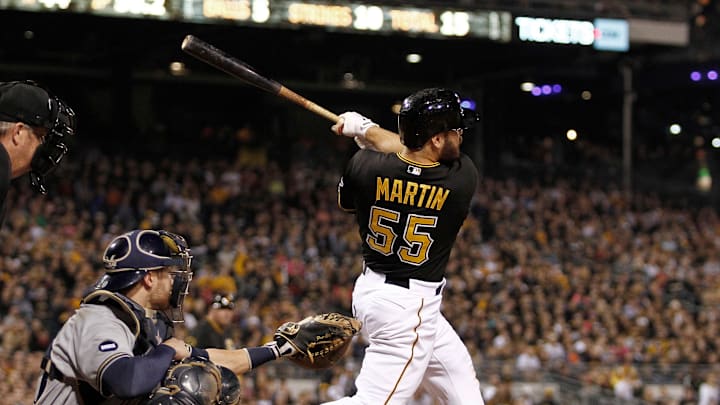Johnny Lindell - Outfielder to Pitcher
When I wrote an article talking about two-way players in the Pirates’ franchise history, I forgot to include Johnny Lindell. Lindell spent ten of his 12-year major league career with the New York Yankees. He was a pretty solid hitter for the Pinstripes, slashing .275/.343/.428 with a 114 wRC+. Lindell originally came up as a pitcher in 1942 and was pretty decent. In 52.2 innings, he had a 3.76 ERA and 3.06 FIP.
But the Yankees and manager Joe McCarthy was concerned about his low strikeout rate of just 12.1%, which, even for the era, was above average (8.9% was the league average rate), but he did only have a 92 ERA+ (league average was 3.58). McCarthy and the Yankees were also concerned about Lindell’s diminished fastball. After 1942, Lindell moved to the outfield full-time and wouldn’t retake the mound until 1951 in the Pacific Coast League, but for a non-affiliated team in the league.
Instead of being a sinker/slider pitcher, Lindell returned to the mound as a knuckleballer and was fairly effective. In 190 innings, Lindell had a 3.03 ERA, despite allowing a significant amount more walks (112) than strikeouts (83). The Pirates signed him to the 1950s equivalent of a minor league deal, and he pitched 282.2 innings for the Pirate PCL affiliate. He cut his ERA down to just 2.52 but limited walks much better with 108 and had more strikeouts (190). Lindell would return to the Major League mound in 1953, but with little success.
In 175.2 innings, Lindell would work to a 4.71 ERA, 4.77 FIP, and 1.65 WHIP. Walks returned to haunt him again, dishing out 116 free passes and striking out only 102 batters. Lindell’s contract was eventually purchased by the Philadelphia Phillies, where he continued to struggle before being released in early-May 1954.
Ironically, despite his return to the mound, Lindell could still hit. In the 133 plate appearances he took with the Pirates and Phillies, Lindell slashed .303/.429/.495 with a league and park adjusted 141 OPS+ and 139 wRC+. He also had four home runs and seven doubles. Lindell took up a pinch-hit role in 1954 but only had one hit and two walks in seven plate appearances before his release.
Lindell is one of the more fascinating stories in the history of two-way players. With the new rules regarding how position players can be used, maybe we see a player try and make a late-career comeback as a knuckleballer and serve as a pinch-hitter/mop-up reliever.
